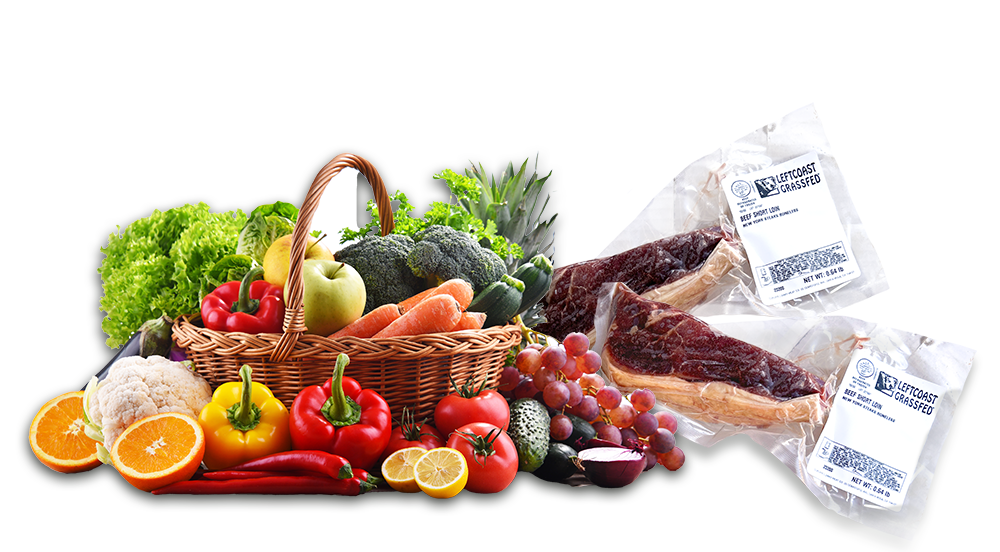As the weather shifts and days grow shorter, it’s a valuable time to reflect on the seasonality of food. In modern times, we often disregard the concept of eating in harmony with the seasons.
Eating with the Seasons – Fruit, Vegetables, and Beef!

10/31/2023
By: Kathy Webster
 As the weather shifts and days grow shorter, it’s a valuable time to reflect on the seasonality of food. In modern times, we often disregard the concept of eating in harmony with the seasons. We casually stroll into a grocery store and pick up tomatoes in the dead of winter or grab asparagus any time of year.
As the weather shifts and days grow shorter, it’s a valuable time to reflect on the seasonality of food. In modern times, we often disregard the concept of eating in harmony with the seasons. We casually stroll into a grocery store and pick up tomatoes in the dead of winter or grab asparagus any time of year.
Eating seasonally is a practice—yes, a practice!—that, to me, makes perfect sense. When we eat in tune with the seasons, it allows us to savor the moments when certain foods are at their best.
Think of the exquisite taste of a freshly picked strawberry in spring or the sweetness of an apricot (in season for just a short time!), or the anticipation of enjoying crisp apples and pears in late summer and early fall. The appearance of local spring asparagus or various artichoke varieties in your farmers’ market is a delight, and I eagerly await the brussels sprout season from June to January in California.
And we can’t forget some of the fall/winter fruits, like fuyu persimmons, that look like little pumpkins hanging off the trees, or those delectable pomegranates, the seeds of which can be quite messy to extract, but oh so worth it.
Often overlooked in the context of seasonality is meat. Grass-finished beef from cattle raised on non-irrigated pastures in California, for example, is typically harvested when the grasses begin to take on a golden hue—late spring to early summer. You might wonder why we don’t harvest year-round, and the answer lies in the flavor profile of our meat; our beef reaches its peak flavor during the late spring and early summer.
In addition, this time of year coincides with increased sugar content and nutrient availability in the grass, which is then transferred to our beef. We will be able to verify this once we receive our results from the Bionutrient Institute Study on nutrient density in beef; we submitted soil and forage samples from five pastures where we finish our cattle (i.e., the final grazing locations before harvest time) as well as samples of manure and some cuts of our beef.
Seasonal beef consumption aligns with different cooking methods and recipes. Warmer months are ideal for grilling, featuring cuts like flat iron, tri-tip, and, of course, the beloved burgers, which are also a year-round favorite. In the cooler months, braising and slow-cooking cuts, such as chuck or cross-rib roasts, osso bucco, and short ribs, come to the forefront.
Before our ability to import and export perishable foods worldwide, people were resourceful in their food preservation methods, which included canning, drying, and freezing. These techniques allowed us to have access to a variety of foods throughout the year. At TomKat Ranch and LeftCoast GrassFed, we are fortunate to have butchers who can expertly cut and flash-freeze our beef, allowing us to enjoy it throughout the year.
Eating with the seasons can reconnect you to the land your food is grown on, and to the cycles of nature. It enhances the flavor and freshness of our food, increases affordability and reduces transportation distances, which in turn reduces greenhouse gas emissions related to transportation. It also supports rural communities by promoting local agriculture and rural economies. It’s a win-win-win for all involved. Want to know what’s in season in your region? Check out this seasonal food guide and get the most flavor and nutrition in your food.